Hairy Shadow Witch Facts
- The highly unusual term of Hairy Shadow Witch serves as the most often employed common name for this beautiful variety of orchid. It does have several other similar titles that it’s also known by, though. These include Racemose Shadow Witch and Raceme Shadow Witch.
- Inside of the scientific community, however, it’s possibly markedly better known by its purely technical designation. But, like many such tags, that’s rather difficult for the layperson to pronounce. That’s because the flora holds the official moniker of Ponthieva racemosa.
- The amazing plant received that complex epithet due to the efforts of Thomas Walter. The highly respected British-born American botanist recorded the first recognition of it as a separate and distinct species. He achieved that scientifically noteworthy feat in the year 1788.
- Thankfully, the gorgeous Hairy Shadow Witch appears to still be maintaining a population base that’s both stable and sufficient. That pleasant state also seems to hold true across its entire range. The IUCN thus does not currently place it on its Red List of Threatened Species.
- This true natural wonder nevertheless still faces multiple potential threats to its continued existence as a species. Like all forms of life of earth today, most of those dangers stem from the actions of man. High among those stand the perils of habitat loss and climate change.
Related Articles
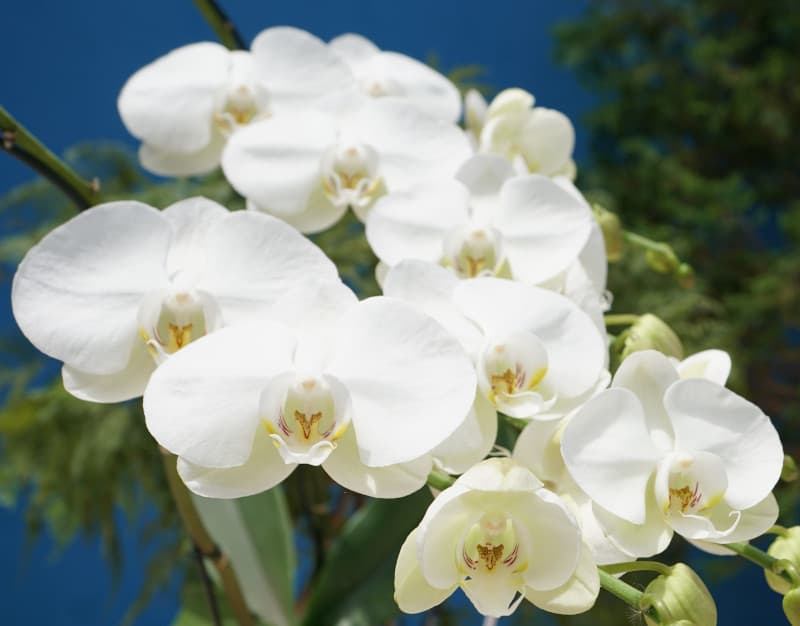

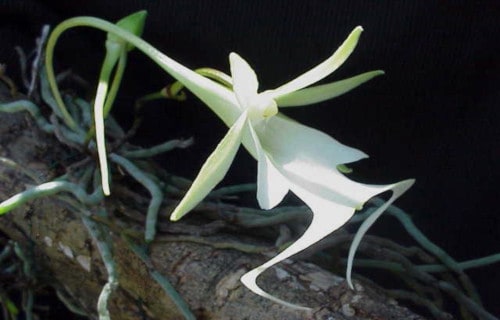
Hairy Shadow Witch Physical Description
The remarkable Hairy Shadow Witch certainly grabs the attention of most people lucky enough to encounter it. Yet, the plant does so for more than just its beauty. That’s true since it distinguishes itself from most other orchids in terms of its nature. Unlike most, it grows from the soil.
The surprising Angiosperm produces a single stem. This feature quickly grows strongly vertical, and usually varies significantly in height. A typical range, though, averages roughly 8 – 24 in (20 – 60 in ). That same stem also usually appears a mild green in color, and covered in countless fine hairs.
The leaves of this botanical marvel also stand out in the minds of viewers. This foliage generally develops at or near the base of the plant. In color, it typically presents a darker green shade. Most frequently, each leaf holds a relatively smooth texture and a shiny, almost waxy appearance.
The shape of these further distinguishes them from many other related species around the world. The leaves also evolved as strongly lance-shaped in structure, tapering to a pointed tip. Lengths naturally vary, of course. Yet, on average, this ranges from approximately 4 – 8 in (10 – 20 cm).
Yet, it’s undoubtedly the unusual flowers of the amazing work of Nature that usually garner the most attention from observers. These typically develop as part of what’s known as a raceme. That’s an elongated cluster with individual flowers attached by short stalks along the central stem.
The number of these blooms in each separate cluster varies fully randomly, but generally ranges from somewhere between 10 – 30. Individually, though, each of the blossoms remain quite small. Each separate flower only measures an average diameter of roughly 0.4 – 0.8 in (1 – 2 cm).
The nature of the flowers of the Hairy Shadow Witch also frequently piques one’s interest. In color, that’s most commonly a greenish-white to yellowish-green. They’re also bilaterally symmetrical with a very distinctive lip, known as a labellum. This part’s most commonly fringed or lobed.
The petals and sepals further stand out to the keen eye. These features develop as narrow and spreading, with the sepals being slightly longer than the petals. The final petal, called the labellum, appears quite prominent, usually three-lobed, and often projects a hairy or fringed appearance.
- Kingdom: Plantae
- Phyllum: Angiosperms
- Class: Monocots
- Order: Asparagales
- Family: Orchidaceae
- Genus: Ponthieva
- Species: P. racemosa
Hairy Shadow Witch Distribution, Habitat, and Ecology
The distinctive beauty known as the Hairy Shadow Witch evolved as endemic to a surprisingly broad expanse of the earth’s surface. Yet, intriguingly, the full extent and precise location of that impressive zone of indigenous habitation might actually surprise some of our regular readers.
The northernmost limits of its native territorial range places this botanical marvel within the boundaries of the continent of North America. There, that range extends as far north as states such as Florida, Georgia, Alabama, Mississippi, Louisiana, and Texas, inside the United States.
Moving southward, though, the incredible plant’s also present in surprising numbers in numerous locations in the country of Mexico, too. Its range continues through Central America, especially in such countries as Belize, Guatemala, Honduras, Nicaragua, Costa Rica, and Panama.
The southern edge of its natural range, meanwhile, reaches all the way to the northern portions of South America. This includes a presence in countries like Venezuela, Colombia, Ecuador, Peru, and Bolivia. Yet, it’s also found on several islands in the Caribbean, including Jamaica and Cuba.
This intrepid product of Nature and evolution displays preferences regarding its choice of habitat that qualify as both broad and specific simultaneously. That’s because the flora appears in a wide variety of locations, as long as the given setting meets its need for moisture and shade.
The fascinating Angiosperm frequently prefers forests. This includes tropical and subtropical varieties. The species prefers humid, shaded forest environments. It’s also present in deciduous and evergreen forests as well. It’s found in both types of forests, most often under dense canopies.
The orchid additionally thrives in a great many other types of moist woodlands. It opportunistically occupies areas with abundant leaf litter and decaying organic matter. The amazing plant further grows in some moist, swampy conditions where the soil remains consistently damp enough.
Oddly enough, elevation seems to also play an important role in its choice of where to call home as well. A certain percentage of its known population dwells in several mountainous regions, present at lower to moderate heights. There, it thrives best in cool, shaded, well-drained settings.
Like many of its multitudinous relatives on earth, the Hairy Shadow Witch achieves its pollination via the actions of specific pollinators such as bees, flies, or moths. The structure of the flower, including the placement of the pollen packets, ensures efficient transfer of pollen between flowers.
This remarkable flora reproduces primarily through seeds produced by the distinctive blooms. Such seeds typically develop as extraordinarily small and lack a nutrient storage tissue. These thus require a symbiotic relationship with fungi in the soil to germinate and establish as seedlings.
Species Sharing Its Range

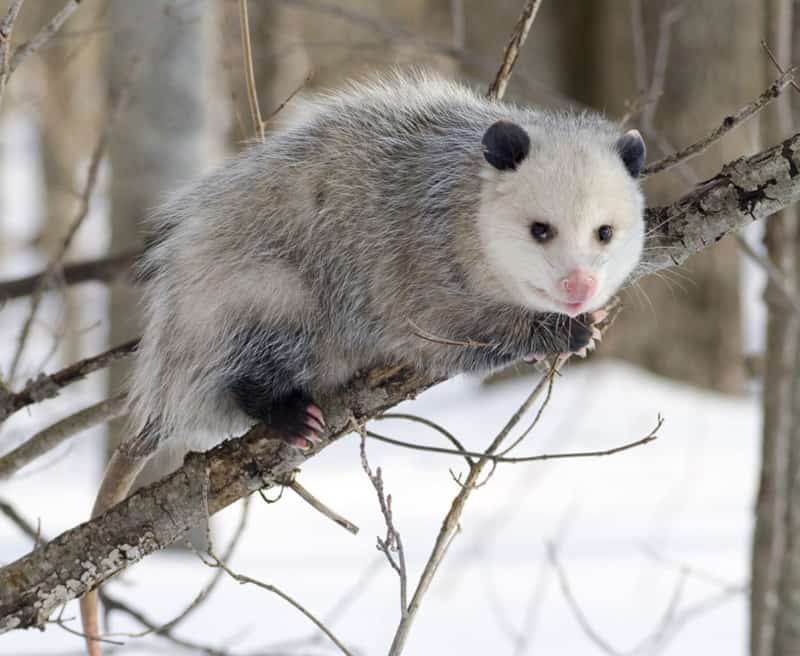
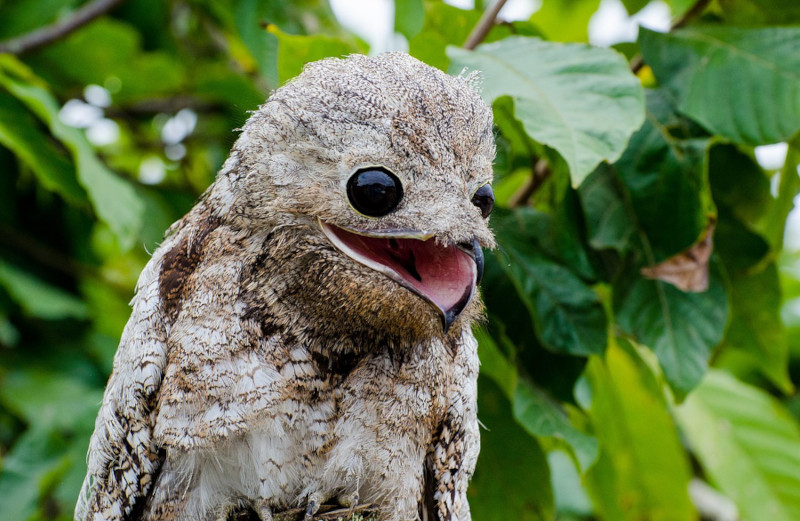
Check out our other articles on 3 Beguiling Birds of Europe, Rock Hyrax, Eternal Flame Falls, Orange Wattle, Southern Stingray, Rose’s Ghost Frog, Giant Swallowtail, Black Mamba
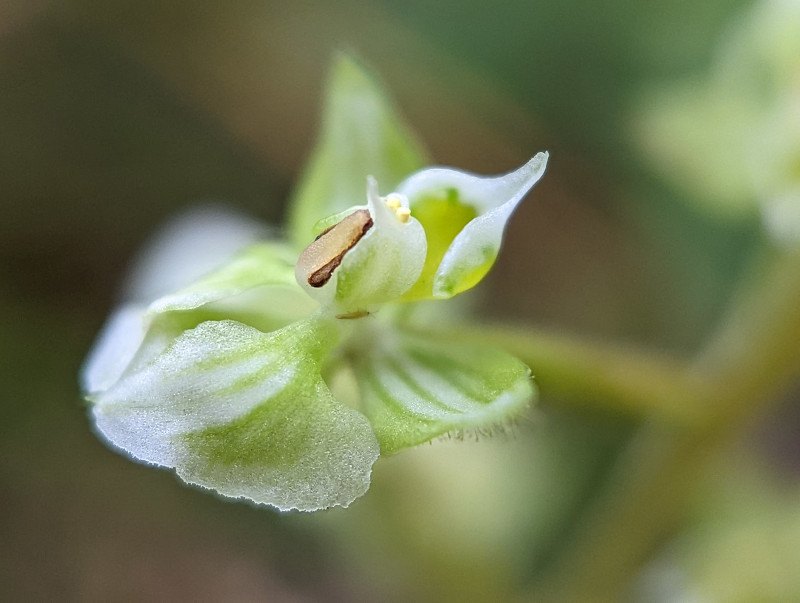
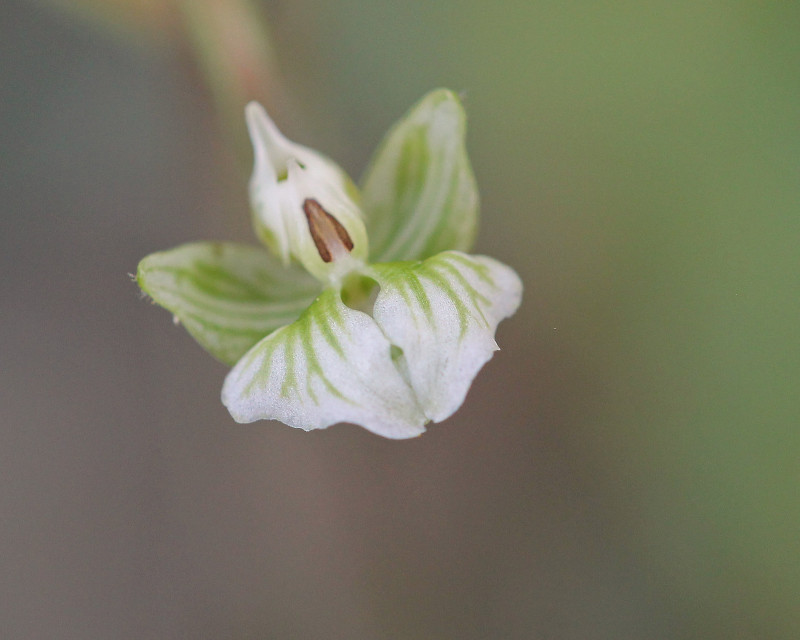









Leave a Reply